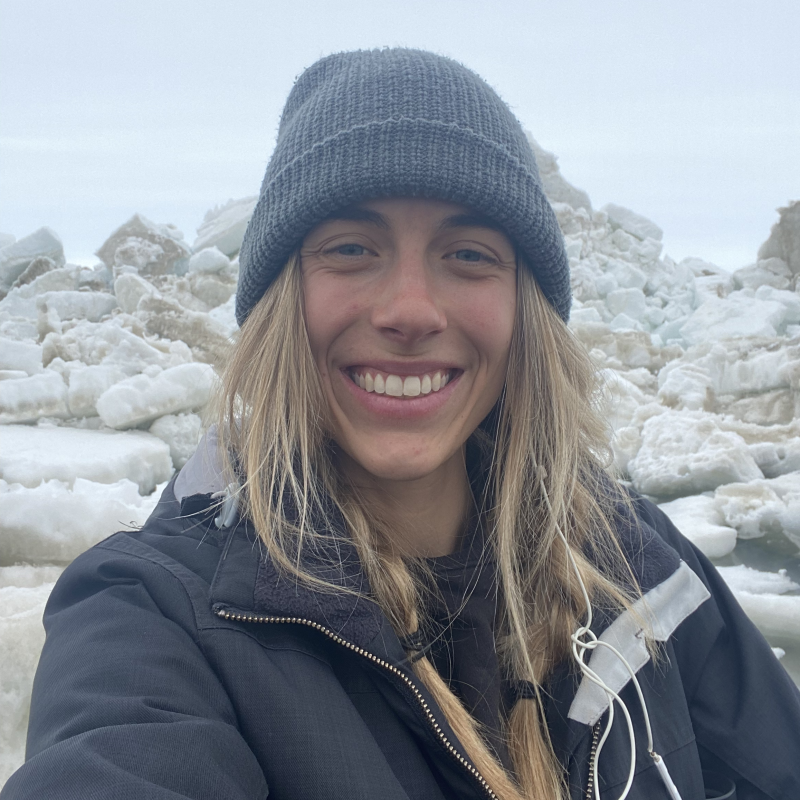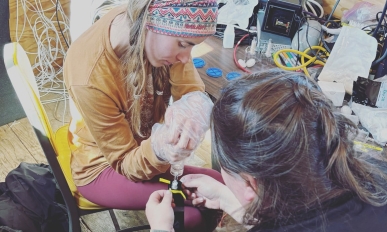Multi-decadal year-round CO2 and CH4 fluxes to understand long-term impact of climate change on the Arctic carbon balance
Organic carbon in northern soils is more than double the current atmospheric pool. An increasing fraction of this organic carbon is vulnerable to conversion to carbon dioxide and methane. Temperatures in far northern latitudes have increased by 0.6 °C in the last 30 years, which is twice the global average with the largest increase in the non-summer seasons. This increase has been linked to increased atmospheric concentration of greenhouse gas fluxes in high latitude wetlands but the drivers of this renewed growth are still largely uncertain. This project establishes long-term, year-round field observations to better understand the controls on greenhouse gas (GHG) emissions from the Arctic at time scales that will encompass climate change and variability.




